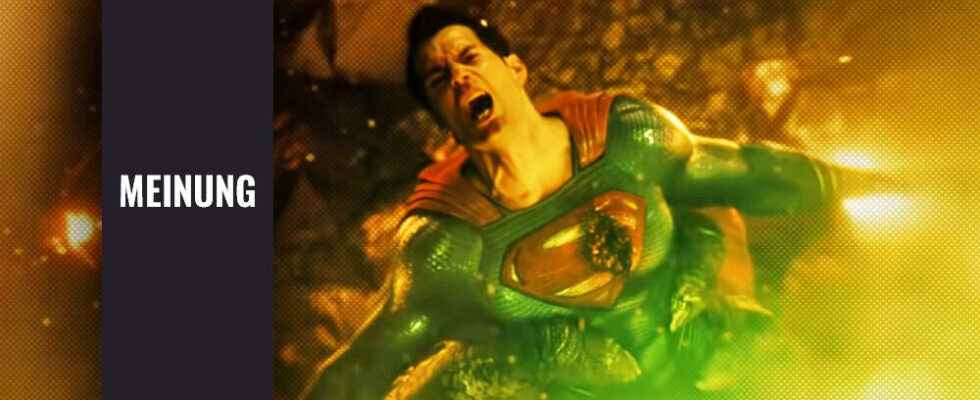Zack Snyder’s Justice League is one of the most fascinating, but also one of the most controversial film projects of our time. From the ashes of a failed blockbuster came a four-hour streaming epic, which fully presented the artistic vision of its director. A triumph made possible by dedicated fans – and an army of bots and fake accounts on the internet.
That’s according to two new studies commissioned by WarnerMedia. At least 13 percent of the online voices campaigning for Justice League’s Snyder cut are about not real people. The number is more than twice as large as for comparable fan movements that arise in social networks such as Twitter, Facebook, Instagram and Co.
Manipulation of Snyder Cut claims revealed
The methods of certain fans had already been criticized before: with the online calls for the Snyder cut toxic behaviors and assaults that have led to the harassment and threats of those responsible for DC. A small but very loud group has brought the entire fandom into disrepute. And other fan movements could now suffer from this.
You can watch the trailer for the Snyder cut here:
Zack Snyder’s Justice League – Trailer (German) HD
The voice of the fans was in pop culture never represented so prominently as today. Fan theories, fan wishes, fan dreams: even if it is the there is no such thing as a large fan group, Hollywood tries to live up to fans’ expectations. From a creative point of view, this is quite problematic. At the same time, we have gotten to know another side of it in recent years.
From Lucifer to The Expanse to Brooklyn Nine-Nine: without the involvement of fans who with petitions their favorite series support, probably none of these stories would have been completed. In the meantime, Netflix had even made it part of its business model to bring back discontinued series. This has given the streaming service a positive standing with fans.
The Netflix example in particular illustrates the dynamics very well: The rescue of Arrested Development was positioned as one of the first in-house productions of the streaming service. The fans loved it. A few years later, Netflix found itself embarrassed and had to sell an original, Sense8, itself. The fans weren’t thrilled. The outcry gave us a belated series finale.
When bots and fake accounts crowd out real fans
According to the now published Snyder Cut studies, however, such success stories can no longer celebrated without reflection will. Of course, bots and fake accounts are not a new invention that nobody could have expected. When more than a tenth of all voices expressing a supposed fan desire do not exist, a shadow of suspicion falls on future movements.
One of the few mouthpieces that fans can use to get the attention of creatives and studios is broken: social media. And the general fan image has received another scratch after all the negative headlines of the past few years. Not to mention like that systematic manipulation must undermine a fandom’s self-image and sense of community.
At this point you will find external content from Twitter, which complements the article. You can show it and hide it again with one click.
The first fan movements already feel compelled to to confirm their authenticity, as demonstrated by the #MakeSolo2Happen tweet above. Star Wars fans have shared their love and excitement for Solo: A Star Wars Story under the hashtag for over four years. There are no bots at work here, the account claims. Half joking, half seriously: the breach of trust has happened and shouldn’t make anyone happy.
If it hasn’t already happened after the Morbius Meme defeat, Hollywood will, at the latest after the Snyder Cut studies, think carefully about who is being listened to and who isn’t. We will do the ayer cut of Suicide Squad guaranteed not to see again. But maybe that also gives the studios the opportunity to make their own decisions again without fan demands in the back of their minds.
*. .
Do you think the Snyder Cut bots will do more damage?
